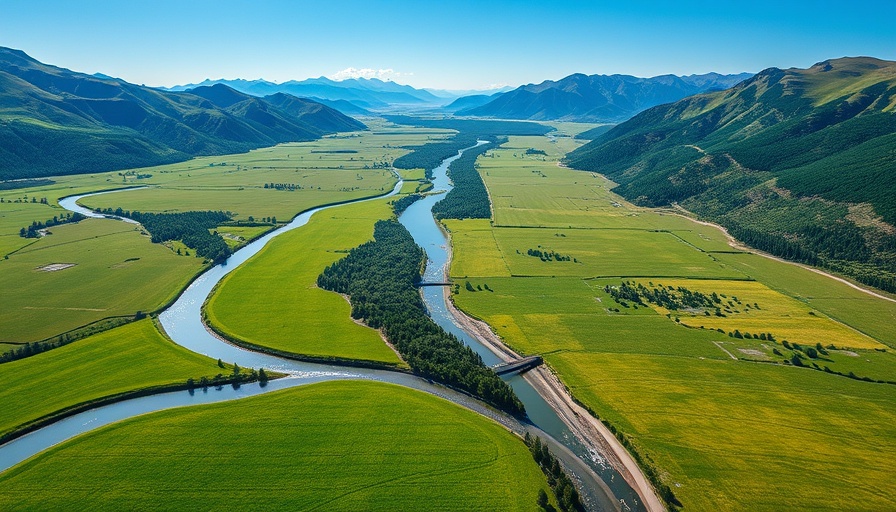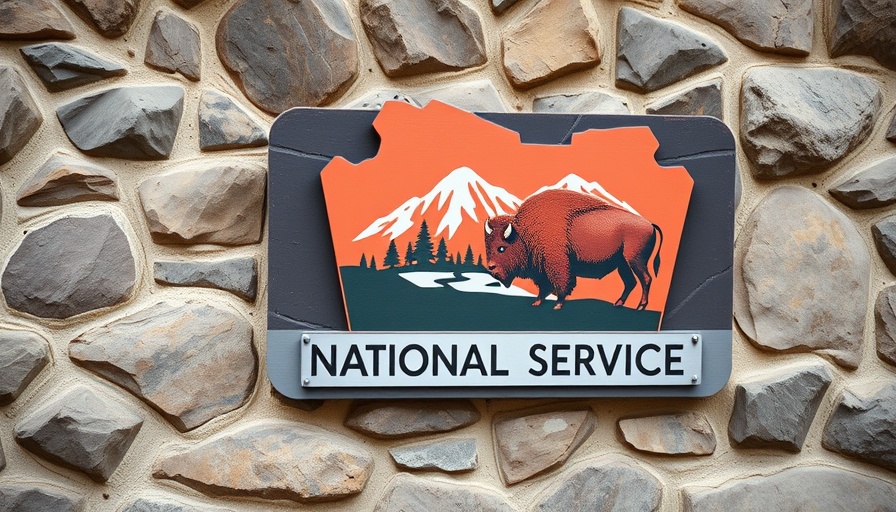
Unpacking the Impact of the LWCF on Public Lands
Public lands in America are more than just spaces for recreation; they are vital ecosystems that support wildlife and offer unique experiences for families looking to bond through outdoor activities. The Land and Water Conservation Fund (LWCF) has been instrumental in preserving these lands since its inception in 1964. However, recent discussions about reallocating these funds have raised concerns among outdoor enthusiasts and conservation advocates alike.
The Consequences of Redirecting Funding
Redirection of LWCF resources could potentially lead to diminished public access to essential natural spaces. As families increasingly seek wellness and relaxation among beautifully maintained parks and trails, the threat of losing financial support for such areas is alarming. The implications extend beyond mere recreational losses; they pose a risk to the very essence of the American outdoor experience, particularly for future generations who dream of camping under the stars or fishing in pristine lakes.
A Historical Perspective on Public Land Conservation
The LWCF was established with a clear mandate: to safeguard public lands for generations to come. The fund is primarily derived from offshore oil and gas revenues, intended to ensure that natural habitats and recreational facilities are not just built but are also preserved. Historically, this program has funded thousands of projects, providing communities with beautiful spaces to enjoy. Stripping such funds not only jeopardizes this legacy but also questions the long-term commitment to environmental sustainability.
Public Sentiment and Activism
The prospective changes to the LWCF funding have sparked vocal opposition across various segments of society. Families who depend on the outdoors for leisure activities have rallied, emphasizing the need for continued investment in public lands. Social media campaigns and community organizations have mobilized efforts to draw awareness to the situation, aiming to preserve the values surrounding environmental responsibility and the health benefits that these lands provide.
What Lies Ahead
Experts predict that if this funding redirection continues, we could see an alarming trend where public lands become more privatized. This future could not only diminish access for everyday families but could also lead to a significant loss of biodiversity. The current administration faces a crucial decision: to either protect and expand our national conservations or exacerbate existing tensions regarding environmental stewardship.
Decisions for Families in the Face of Change
As we navigate this landscape, families must ask themselves—what actions can we take to protect our public lands? Joining advocacy groups, supporting local conservation efforts, and engaging in community discussions are all pivotal. Every small action contributes to a larger cause that ultimately benefits not just individual families, but society as a whole.
Conclusion: Your Voice Matters
In conclusion, the future of America’s public lands hangs in the balance as discussions around the LWCF evolve. It is crucial for families who cherish outdoor experiences to remain informed and active in these conversations. Not only do our public lands enhance physical health through outdoor activities, but they also foster community connections and familial bonds. Now is the time to become advocates for our shared environment and ensure its sustainability for generations to come.
 Add Row
Add Row  Add
Add 




Write A Comment